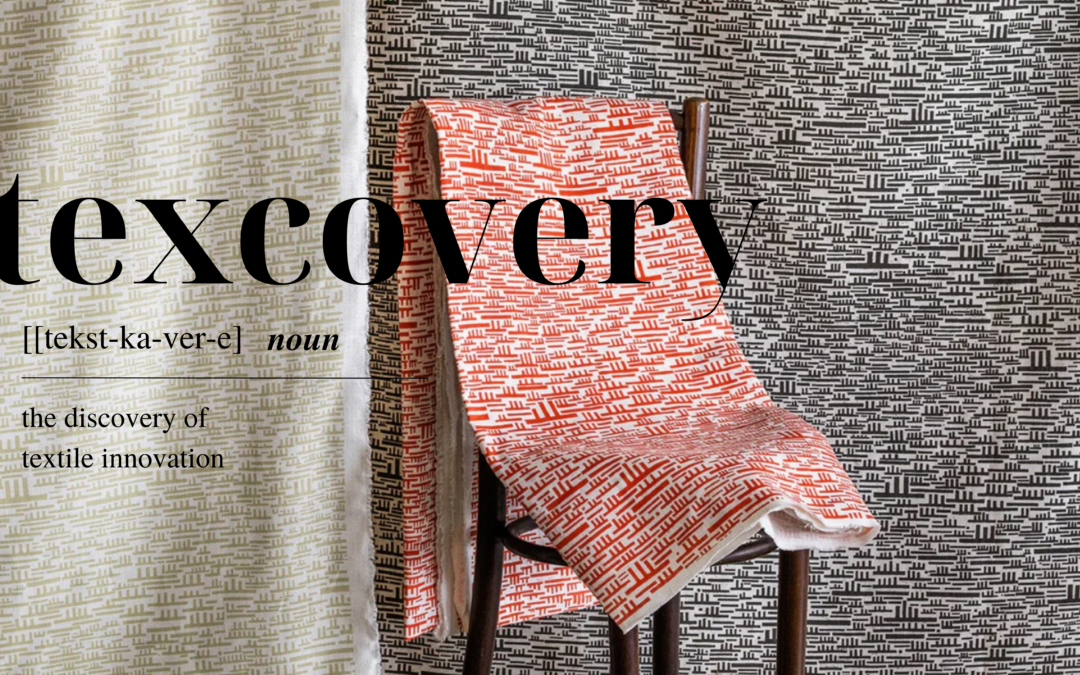Revolutionary fabrics
The growth of Performance Fabrics
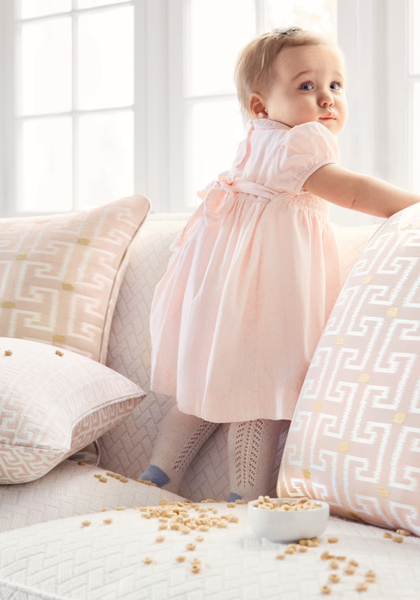
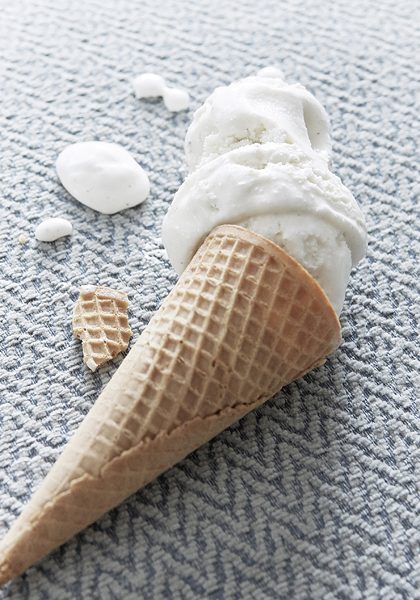
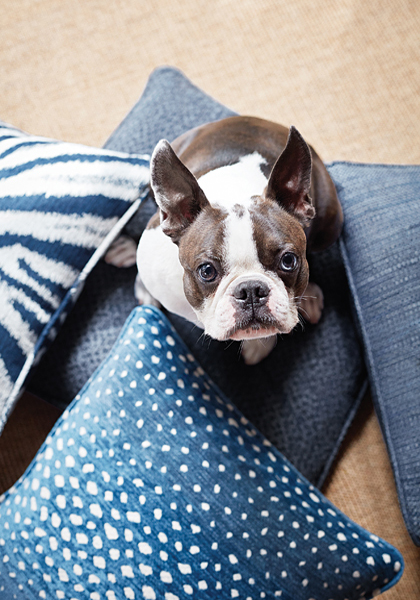
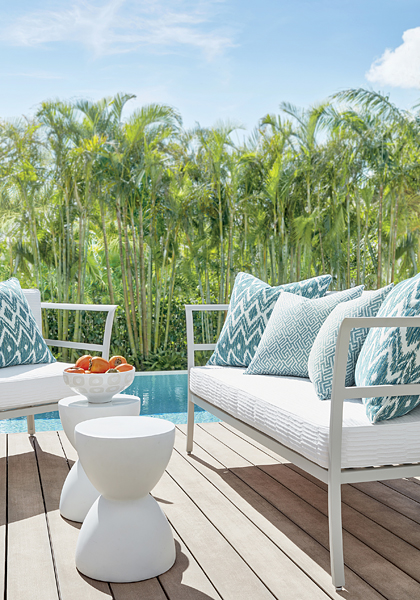
Performance Fabric. Photography by Thibaut.



Kravet, Crypton, & Celliant’s “Wellness Textures” collection using Celliant. Photography from Celliant.
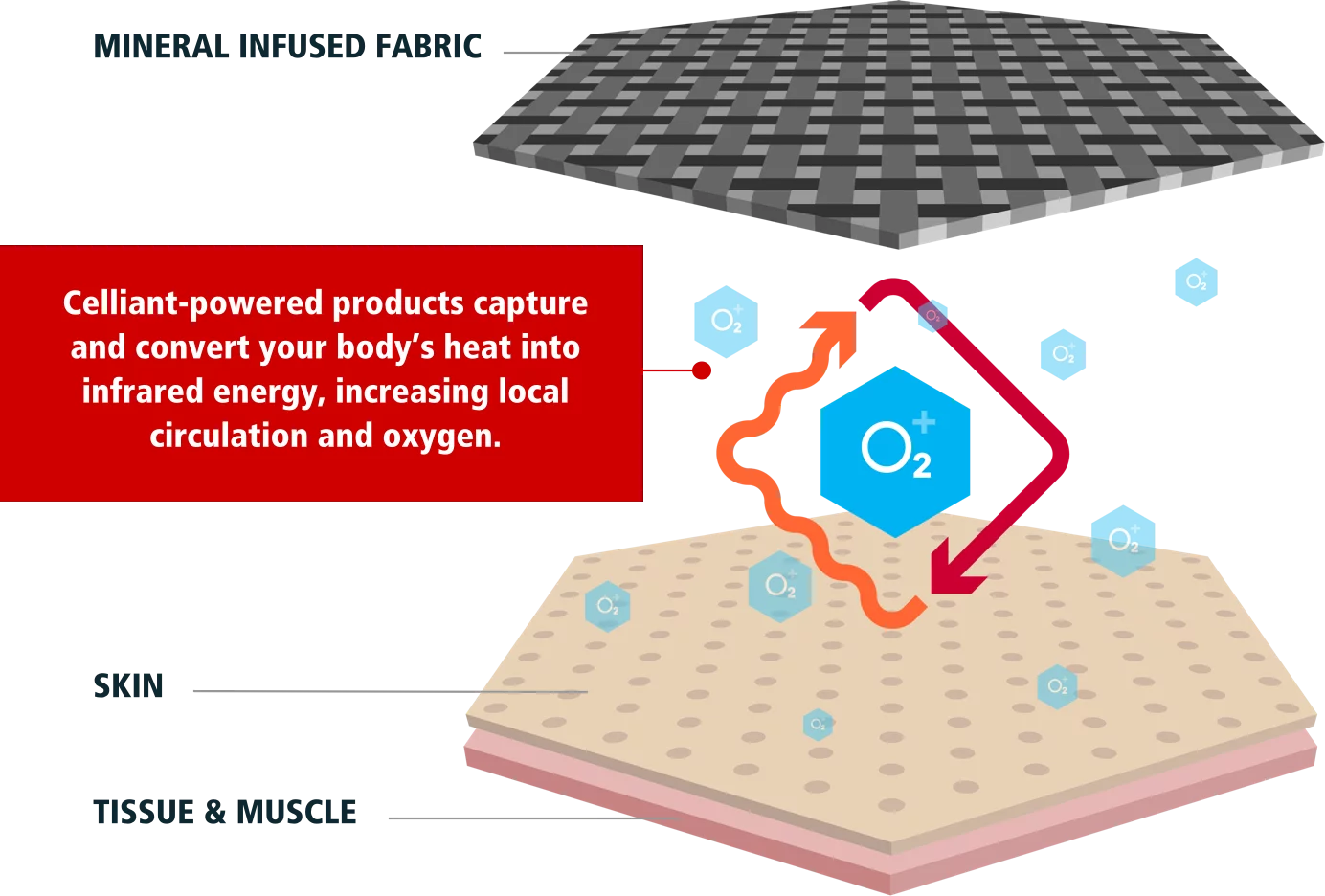
How Celliant fabric works. Photography from Celliant.
The power of Smart fabrics
Another intriguing development is organic textiles made from fungi. Mycelium, the network of filaments forming the structure of fungi, can be cultivated within a few weeks. This branching structure of mushrooms, composed of billions of tiny cells, exhibits excellent insulation and moisture-absorbing properties. No chemical fertilizer is used and very little water, so it helps the environment. For instance, a cotton T-shirt requires more than 700 gallons of water to produce vs. 3 gallons of water to create a dress much larger using Mycelium. Mushroom leather serves as an alternative to animal leather and has attracted attention even from renowned fashion brands like Hermes. Just imagine a mushroom Birkin bag! Fungi from food wastes like bread-eating fungi and casein from milk proteins is also an experimental phase. The fact that these products are biodegradable is a huge win since fabrics are a major contributor to landfills.



Mycelium used in Mylium Textiles. Photography from Mylium.
Immerse Yourself In A World Of Textiles

Fabric House in Houston, TX
Looking Glass To Mirrors To Selfies
What must it have been like to not be able to see yourself, except perhaps by a reflection in a pool of still water, and practically standing on your head to do that? Were we more focused on life and relationships without vanity then? We’ve come a long way from that...
Au Naturale
We want to use what comes from nature, and biophilic design has been proven to create both a calming and productive environment. But what qualifies as a natural product? Bear with me for the definition and groundwork so we can talk about some exciting products from...
The Five “R” Resolutions For The New Year
The 5 "R" ResolutionsAre you taking down those Christmas decorations and your space is looking a little bare, boring, or just uninspired? Maybe it is not functioning that well for you either. You need an enjoyment return on your home investment. Consider one or...

